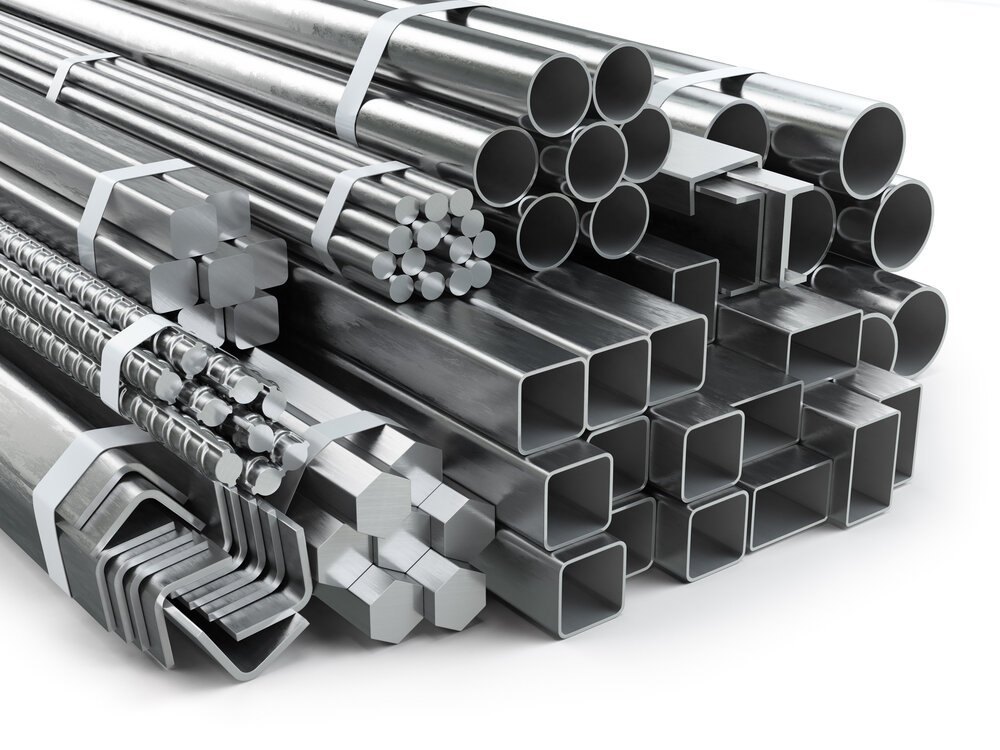
In industries ranging from construction to healthcare, the role of metals continues to expand as new technologies and demands shape their usage. The balance between strength, longevity, and design adaptability makes metal a preferred material across numerous applications. Whether used structurally, decoratively, or for functionality, its contribution to innovation remains unmatched.
Strength Meets Longevity
One of the main reasons metals are chosen over other materials lies in their resilience. Unlike plastics or wood, metals withstand extreme environments, from high heat in manufacturing plants to the harsh weather conditions of marine industries. Corrosion resistance, tensile strength, and durability are qualities engineers prioritize when planning long-term infrastructure or machinery investment. These qualities translate into cost savings over time, reducing repair needs and minimizing downtime.
Aesthetic and Functional Appeal
Beyond performance, metals also bring aesthetic value. Architects and interior designers are increasingly embracing metals for their clean, modern appearance. Surfaces can be polished, brushed, or treated to achieve a wide variety of finishes. This adaptability allows metals to serve both practical and decorative roles, from sleek building facades to interior fittings that communicate sophistication.
Diverse Industrial Applications
In the automotive sector, metals remain integral to both body structures and intricate components. The energy sector relies on them for pipelines, turbines, and renewable energy systems, where reliability is paramount. Even in the medical field, metals play an essential role. Surgical instruments, implants, and support structures often depend on high-quality alloys that can tolerate both sterilization processes and the demands of human physiology.
Sustainability and Recycling Benefits
With sustainability at the forefront of global discourse, metals have proven themselves as valuable assets in a circular economy. Unlike many materials, they can be recycled repeatedly without significant degradation in quality. This closed-loop advantage reduces reliance on raw extraction, cutting down on environmental impact. Increasingly, industries are designing products with end-of-life recycling in mind, ensuring metals can re-enter the supply chain efficiently.
Specialized Materials in Focus
Within this landscape, stainless steel round tubes illustrate how specialized forms of metal provide targeted benefits. Their geometry and alloy composition offer high resistance to corrosion while maintaining structural integrity. These characteristics make them indispensable in areas such as food processing, chemical plants, and architectural frameworks, where both hygiene and durability are non-negotiable.
Innovation Driving the Future
The evolution of metallurgy has always been tied to innovation. With the integration of advanced technologies like 3D printing, metals are now being shaped in ways unimaginable a decade ago. This opens opportunities for lightweight yet strong designs in aerospace, personalized implants in healthcare, and optimized energy systems. Research into nano-coatings and hybrid alloys further extends performance boundaries, offering solutions that can meet tomorrow’s demands.
Global Market Trends
The demand for metals is influenced not only by technological advancements but also by global market trends. Infrastructure investment, renewable energy initiatives, and shifts in consumer behavior all impact how metals are produced and consumed. For instance, the surge in electric vehicle manufacturing is significantly boosting the need for specialized alloys and conductive materials.
Balancing Costs and Benefits
While metals may often require higher upfront investment compared to alternatives, the long-term benefits usually outweigh initial costs. The durability reduces replacement cycles, while their recyclability ensures residual value. Businesses aiming for efficiency and sustainability recognize that metals are not merely materials but strategic assets in their operations.
Conclusion
From towering skyscrapers to medical instruments, metals remain at the heart of human progress. Their combination of durability, versatility, and recyclability ensures their relevance across industries. As technology advances, the applications of metals will only grow broader, providing both functional and sustainable solutions for a rapidly changing world.




